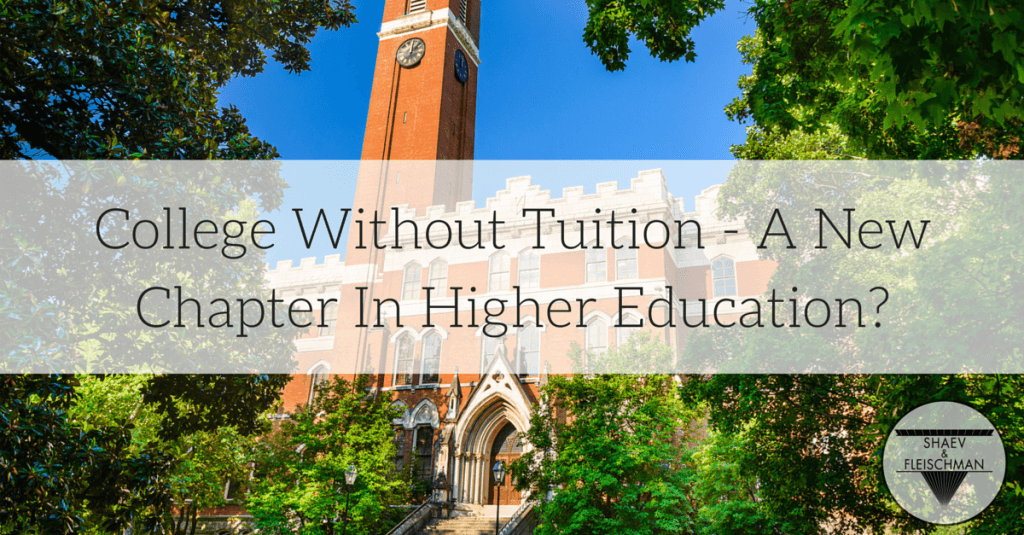President Obama announced that he’d like to see tuition-free community colleges. Senator Bernie Sanders, candidate for President, went so far as to introduce a bill that would eliminate undergraduate tuition altogether at all 4-year public colleges and universities.
Both are enticing ideas, especially if you’re thinking of getting your degree. No tuition and no student loans means less of a financial burden once you graduate.
It remains to be seen whether such grand overhauls to our higher education system will ever come to pass, but in the meantime there are a few places where you can get your education without shelling out big bucks. The benefit comes with a cost, though.
Tennessee Promise Offers Tuition-Free Community and Technical Colleges
In February 2014, Tennessee started offering offer a free community or technical college education to select students through Tennessee Promise.
Tennessee Promise is structured as a scholarship and mentoring program providing what’s called a “last-dollar scholarship” that covers tuition and fees not covered by the Pell grant, the HOPE scholarship, or state student assistance funds.
Students may use the scholarship at any of the state’s 13 community colleges, 27 colleges of applied technology, or other eligible institution offering an associate’s degree program.
In order to remain eligible for the program, students must participate in mandatory meetings with a mentor, complete eight hours of community service per term enrolled, and maintain a 2.0 Grade Point Average at their institution.
Learn more here about Tennessee Promise here.
Oregon Promise Follows The Lead
Oregon Promise is also a last-dollar plan, passed by the state legislature on July 3, 2015 and (as of this writing) slated for signature by Governor Kate Brown. Eligible students also will receive a minimum grant of $1,000, which they can use for transportation, books and other expenses besides tuition.
According to the Willamette Week:
The recipients must have lived in Oregon for 12 months, begin their community college course work within six months of finishing high school or the equivalent, take courses that are required for graduation and maintain a 2.5 grade point average. (And it’s not entirely free—each student must pay a minimum of $50 per term.)
The program is expected to roll out in 2016, with expenditures capped at $10 million per year. Legislative estimates put the expected enrollment at between 10,000 and 12,000.
The Hits Keep Coming
Around the country, more places are starting to look at the tuition-free option.
The Community College of Philadelphia and Harper College, a two-year institution located in Illinois, recently announced tuition-free plans.
City Colleges of Chicago created a tuition-free plan in 2014. Minnesota began a pilot program for free technical college as well.
These initiatives are meant not only to help people get an education, but also to boost enrollment at a time when schools are cutting back on programs or threatening to close altogether. By relying on state and federal money, these colleges see a way to make the economics work to keep them alive.
What’s Next?
As President Obama prepares to wind down his time in office, chances are that he’ll continue to advocate for his plan. House Democrats have introduced a bill based on Obama’s proposal, though given the current makeup of Congress it’s unlikely that it will go anywhere.
More likely is that we start to see tuition-free colleges the state level and at individual institutions. And I’m not sure this is a bad idea, particularly as it allows for failure or success on a small scale. Once a model of success is replicated in a variety of environments it will be easier to see how well it would work on a national level.
For now, it’s important to keep our eyes open to the change that’s in the air and encourage our lawmakers to continue to take positive action.
